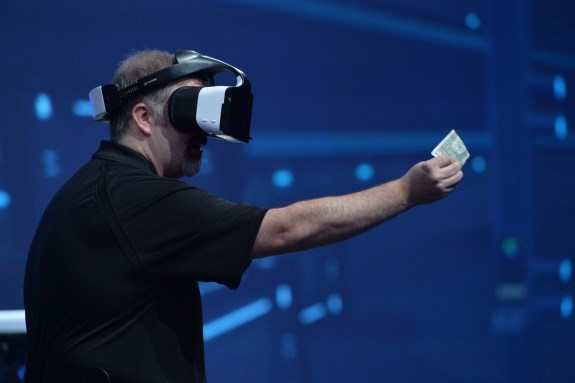The chip giant wanted to put a low-power Atom processor in Project Alloy but eventually realized this did not result in an optimal mix of price and performance. Basically, the performance of Project Alloy was far underwhelming versus traditional tethered headsets.
Project Alloy failed to gain traction with Intel's partners and now the company is focusing its VR efforts on WiGig. This wireless technology promises to make it possible to link a high-end desktop computer to an untethered VR headset:
Instead, “we realized that this isn’t necessarily the optimum form factor,” Pallister said. In examining Alloy, Pallister said, the company didn’t believe it had the right mix of price and performance. In the meantime, separate projects to build a wireless WiGig link into a VR headset—a partnership struck with HTC — felt like they would prove to be more successful.
“We said that the best way to deliver a high-performance PC experience is to wirelessly talk to a high-performance PC plugged into a wall outlet and do it that way,” Pallister said.
